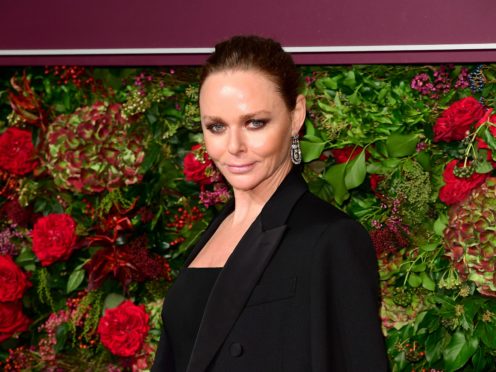Stella McCartney has said she is glad she did not pursue music like her ex-Beatles father.
The fashion designer, daughter of Sir Paul and Linda McCartney, told British Vogue she decided early on to avoid that career path, despite inheriting some of his famous musicality.
The 49-year-old said: “I have inherited a musicality, yes. It’s the only thing I think: ‘What if I had done that?’

“But I’m really glad I didn’t. I made a decision early in my life not to do that.”
Sir Paul added: “She’s a really good singer. Wisely, she pursued fashion.
“It’s difficult to follow your parents’ professions. But she certainly holds a tune, and we do threaten to pull her into the studio and get her to record something.”
Stella, an ardent supporter of animal rights who uses animal-free alternatives in her designs, said her experience of lockdown helped her refocus her priorities.
She said: “I was afforded time to pause and re-evaluate why I do what I do, and why it’s important.
“And the answer was, I have this mission that I’m on. I’ve never just done fashion.
.@SerenaWilliams stars as British Vogue's November 2020 cover star. Photographed by Zoë Ghertner and styled by Julia Sarr-Jamois. On newsstands & available for digital download Friday 9 October. https://t.co/UU8wn5seaz pic.twitter.com/CF8QJJoCXL
— British Vogue (@BritishVogue) October 5, 2020
“What I create has always had to have a meaning and a value system. I wrote a personal manifesto, and from that I realised I didn’t want to work in the same way as I had been.
“I wanted to reduce what I produce. This idea of reduction is more sustainable and feels much more precious, human and right.
“I’ve been wanting to have a new set of codes of language around sustainability. I wanted to work on what words are important to me and then put them into clothes.”
Read the full feature in the November issue of British Vogue available on Friday October 9.
